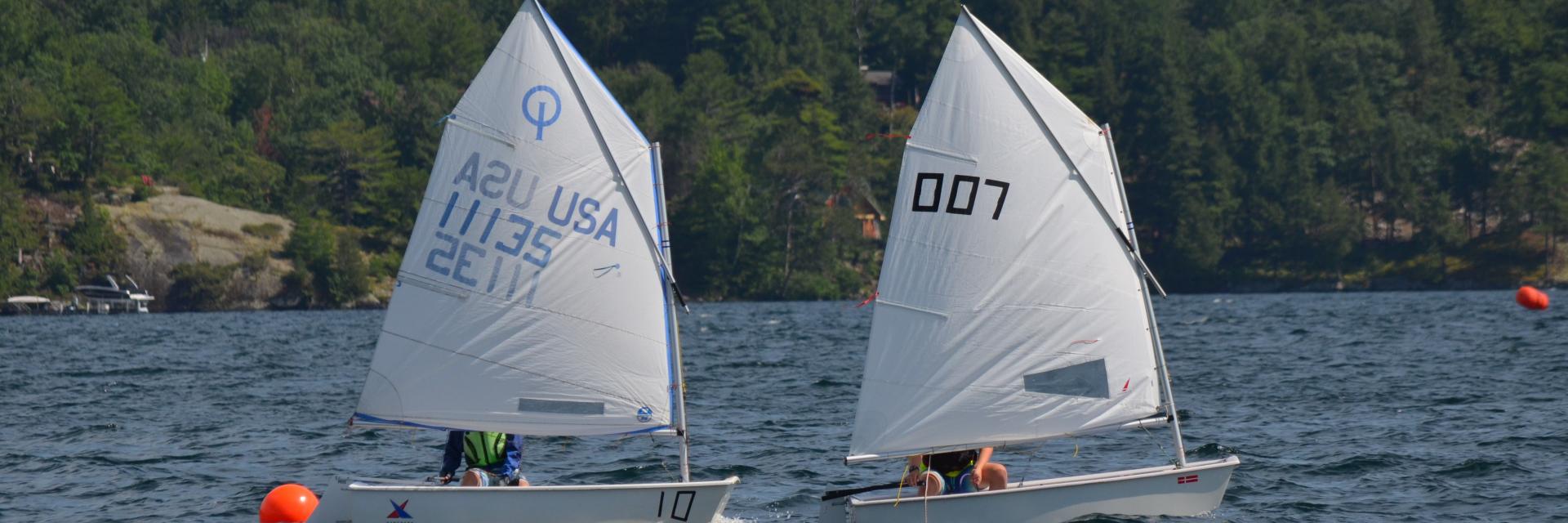Electric Shock Drowning: What is the situation at LCYC?
Over the past few years, the maritime community has developed a better understanding of a phenomenon known as Electric Shock Drowning (ESD). Doug Merrill wrote an article in the April Binnacle describing it. Earlier this month our insurance company sent out a bulletin to their marine customers describing the hazard and listing ways to minimize the risks. We shared this content with members in an email this month.
Questions have arisen regarding how our club’s system measures up to current standards, and how safe it is to swim on our waterfront.
The first thing to understand is that the club replaced the entire electrical system on our Main Docks this spring. It was designed specifically with ESD safety in mind, and meets all current marine electrical code specifications. The system includes continuous ground fault monitoring and a shunt trip breaker which will shut off power to the entire dock if any ground fault is detected in either the dock’s wiring and components or in a boat that connects into our system.
The design and implementation of the new electrical system on LCYC’s Main Docks was inspected and approved by the VT State Electrical Inspector, who also gave us kudos for installing a state of the art system. We are one of only 2 or 3 club or marinas facilities on the VT side of the lake which have an electrical system on their docks which is fully compliant with the latest codes.
Given our state of the art electrical system, why is there a sign saying “No Swimming” off the Main Dock ? The “No Swimming” policy is not new and is in place for many reasons aside from the very low risk of ESD. The main dock has significant powered boat traffic, including the launches, and swimmers can be very difficult to see in the water. However, as recommended by various experts, we are prohibiting swimming at our main dock out of an overabundance of caution as it relates to ESD as well.
What about swimming elsewhere at LCYC? Various articles on ESD prevention recommend swimming no closer than 150 feet to 100 yards to an electrified dock. Obviously most of our waterfront, including the Junior Sailing docks and the swim platform are within 100 yards, if not 150 feet of the main dock. The thing to understand about these distances is that these are worst case numbers based on worst case (i.e. very high) voltage levels and no knowledge of the local environment such as water depth and other paths to ground that exist in the water. Many docks have relatively large power systems on them, with 240 volts or 480 volts powering large numbers of boats. As the voltage on a dock increases, the distance required to ensure safe swimming increases as well. LCYC’s electrical system is relatively small and simple: it has a maximum voltage of 120 volts; the water level at the dock is relatively shallow and we have numerous ground paths, such as the chains securing the dock to the bottom. Based on these factors and the distance between the junior sailing T and the main dock, we have determined that it is safe to swim at our junior sailing dock. Keep in mind that while our electrical system functions properly, there is no risk of ESD. But even in the very unlikely event that several malfunctions occur simultaneously, the junior sailing dock is far away enough from a source of power that the risk of ESD is minimal.
Bottom line:
• LCYC has installed a “fail safe” electrical system that meets all applicable codes for prevention of ESD due to ground fault exposures on both the docks and member boats.
• In the extremely unlikely event that our “fail safe” system failed, the ESD danger unless swimming in the immediate vicinity of the ground fault is very low.
• Finally, if you are visiting other freshwater clubs, marinas or personal residences with an electrified dock or boatlift it is highly recommended you never swim in the vicinity unless you have determined the electrical system has the proper ground fault protection.




